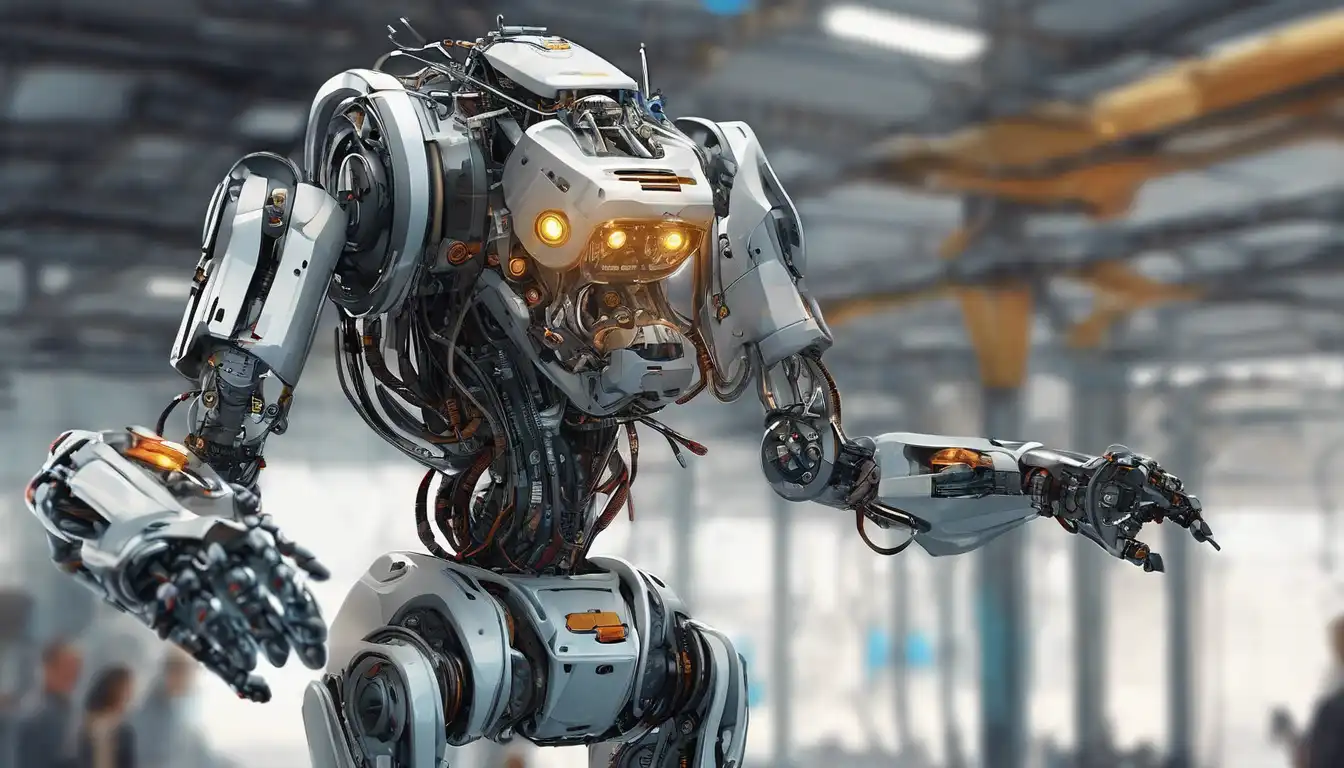The Dawn of Robotics: A Technological Revolution
In the realm of modern technology, robotics stands as a towering testament to human ingenuity and the relentless pursuit of innovation. This field, which seamlessly blends engineering, computer science, and artificial intelligence, is reshaping industries, enhancing productivity, and redefining the boundaries of what machines can achieve.
The Building Blocks of Robotics
At its core, robotics involves the design, construction, operation, and use of robots. These sophisticated machines are capable of performing tasks autonomously or semi-autonomously, thanks to advancements in artificial intelligence and machine learning. From industrial arms that assemble cars with precision to drones that survey vast landscapes, the applications are as diverse as they are transformative.
Innovation at the Heart of Robotics
Innovation in robotics is not just about creating machines that can perform tasks; it's about envisioning a future where robots enhance human capabilities and tackle challenges beyond our reach. Whether it's exploring distant planets, performing delicate surgeries, or automating mundane tasks, robotics is at the forefront of technological advancement.
Key Trends Shaping the Future of Robotics
- Collaborative Robots (Cobots): Designed to work alongside humans, cobots are making waves in manufacturing and healthcare, offering a glimpse into a future of human-robot collaboration.
- Autonomous Vehicles: From self-driving cars to unmanned aerial vehicles, autonomy is a key trend driving the evolution of robotics.
- AI Integration: The fusion of robotics with artificial intelligence is creating smarter, more adaptable machines capable of learning and evolving.
- Robotics as a Service (RaaS): This emerging model allows businesses to leverage robotic technologies without the need for significant upfront investment, democratizing access to innovation.
The Impact of Robotics on Society
The rise of robotics is not without its challenges and opportunities. On one hand, it promises to boost efficiency, reduce human error, and open new avenues for exploration and discovery. On the other, it raises important questions about job displacement, ethics, and the future of work. Navigating these issues requires a balanced approach, ensuring that the benefits of robotics are accessible to all.
Conclusion: The Boundless Potential of Robotics
As we stand on the brink of a new era in technology, robotics offers a window into a future filled with possibilities. By continuing to push the boundaries of innovation, we can harness the power of robotics to solve some of the world's most pressing problems, improve quality of life, and explore uncharted territories. The intersection of technology and innovation in robotics is not just about building machines; it's about building a better future.
